Haiyou Huang
Data privacy protection in microscopic image analysis for material data mining
Nov 09, 2021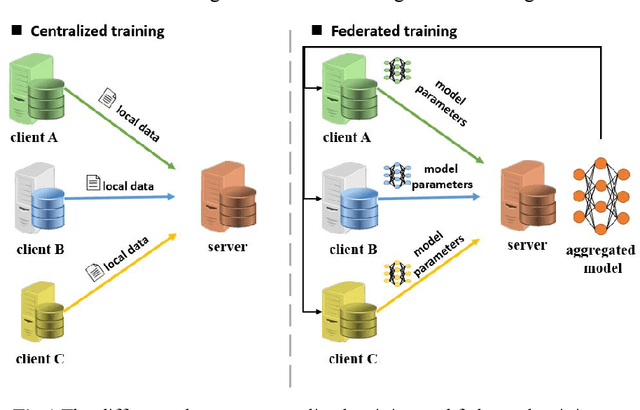


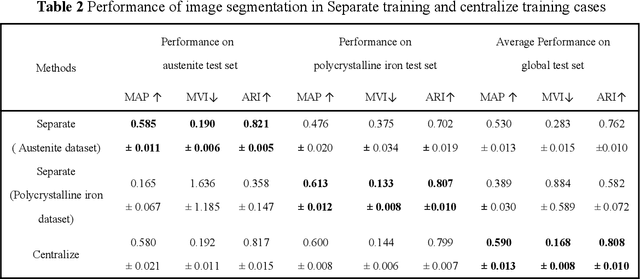
Abstract:Recent progress in material data mining has been driven by high-capacity models trained on large datasets. However, collecting experimental data has been extremely costly owing to the amount of human effort and expertise required. Therefore, material researchers are often reluctant to easily disclose their private data, which leads to the problem of data island, and it is difficult to collect a large amount of data to train high-quality models. In this study, a material microstructure image feature extraction algorithm FedTransfer based on data privacy protection is proposed. The core contributions are as follows: 1) the federated learning algorithm is introduced into the polycrystalline microstructure image segmentation task to make full use of different user data to carry out machine learning, break the data island and improve the model generalization ability under the condition of ensuring the privacy and security of user data; 2) A data sharing strategy based on style transfer is proposed. By sharing style information of images that is not urgent for user confidentiality, it can reduce the performance penalty caused by the distribution difference of data among different users.
Gradient Aware Cascade Network for Multi-Focus Image Fusion
Oct 17, 2020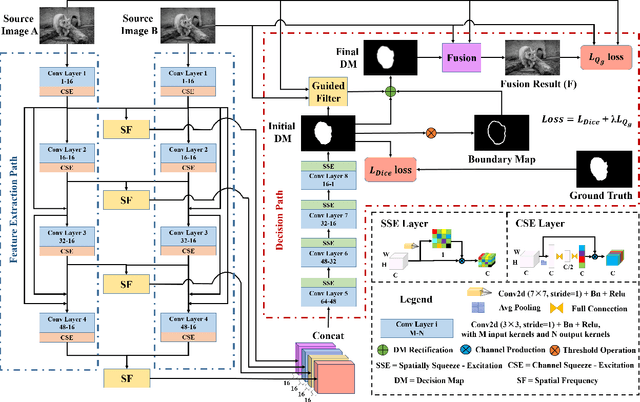
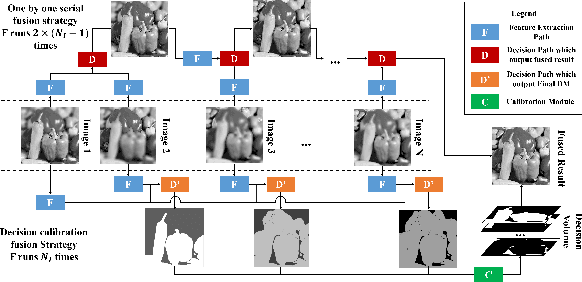
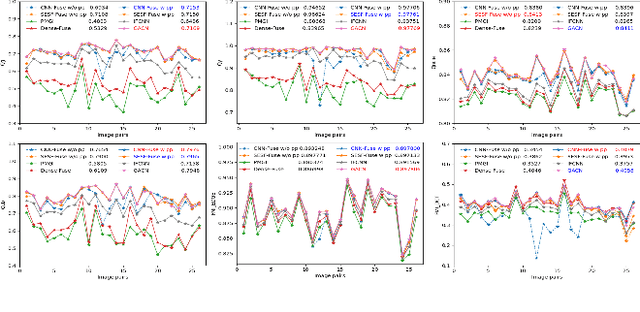
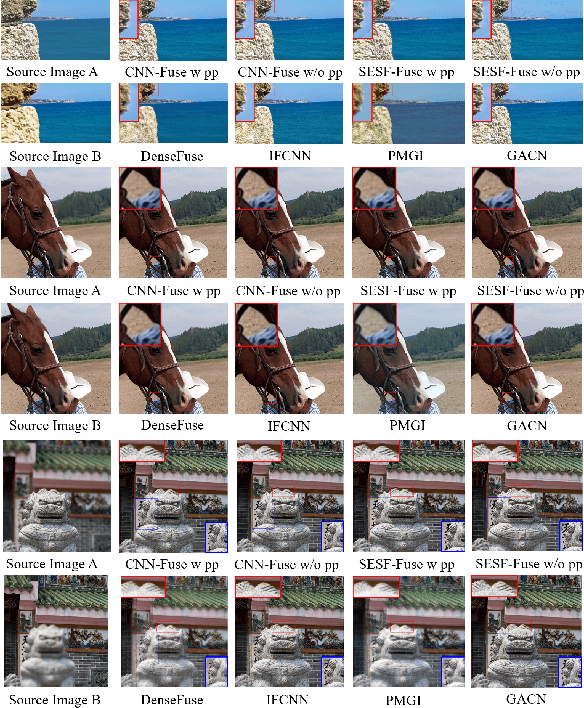
Abstract:The general aim of multi-focus image fusion is to gather focused regions of different images to generate a unique all-in-focus fused image. Deep learning based methods become the mainstream of image fusion by virtue of its powerful feature representation ability. However, most of the existing deep learning structures failed to balance fusion quality and end-to-end implementation convenience. End-to-end decoder design often leads to poor performance because of its non-linear mapping mechanism. On the other hand, generating an intermediate decision map achieves better quality for the fused image, but relies on the rectification with empirical post-processing parameter choices. In this work, to handle the requirements of both output image quality and comprehensive simplicity of structure implementation, we propose a cascade network to simultaneously generate decision map and fused result with an end-to-end training procedure. It avoids the dependence on empirical post-processing methods in the inference stage. To improve the fusion quality, we introduce a gradient aware loss function to preserve gradient information in output fused image. In addition, we design a decision calibration strategy to decrease the time consumption in the application of multiple image fusion. Extensive experiments are conducted to compare with 16 different state-of-the-art multi-focus image fusion structures with 6 assessment metrics. The results prove that our designed structure can generally ameliorate the output fused image quality, while implementation efficiency increases over 30\% for multiple image fusion.
SESF-Fuse: An Unsupervised Deep Model for Multi-Focus Image Fusion
Aug 21, 2019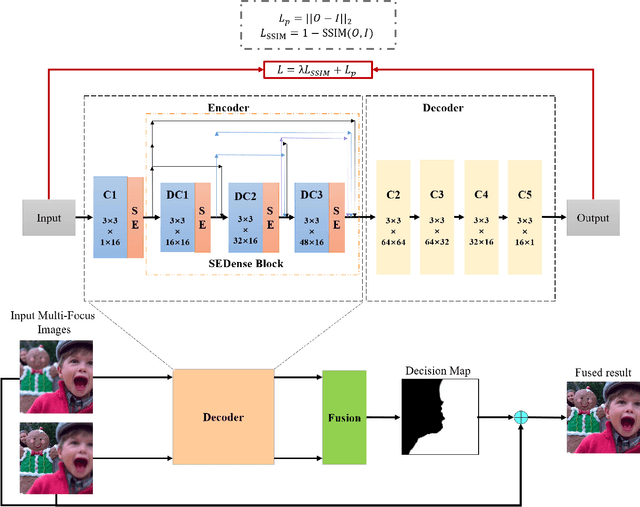
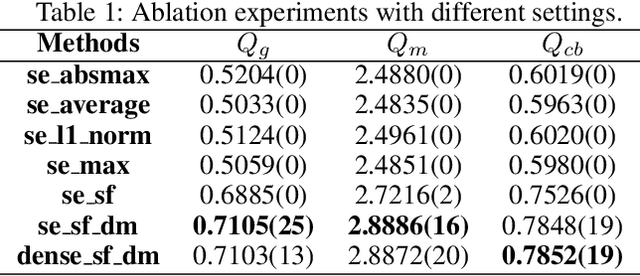


Abstract:In this work, we propose a novel unsupervised deep learning model to address multi-focus image fusion problem. First, we train an encoder-decoder network in unsupervised manner to acquire deep feature of input images. And then we utilize these features and spatial frequency to measure activity level and decision map. Finally, we apply some consistency verification methods to adjust the decision map and draw out fused result. The key point behind of proposed method is that only the objects within the depth-of-field (DOF) have sharp appearance in the photograph while other objects are likely to be blurred. In contrast to previous works, our method analyzes sharp appearance in deep feature instead of original image. Experimental results demonstrate that the proposed method achieves the state-of-art fusion performance compared to existing 16 fusion methods in objective and subjective assessment.
Style transfer based data augmentation in material microscopic image processing
May 24, 2019


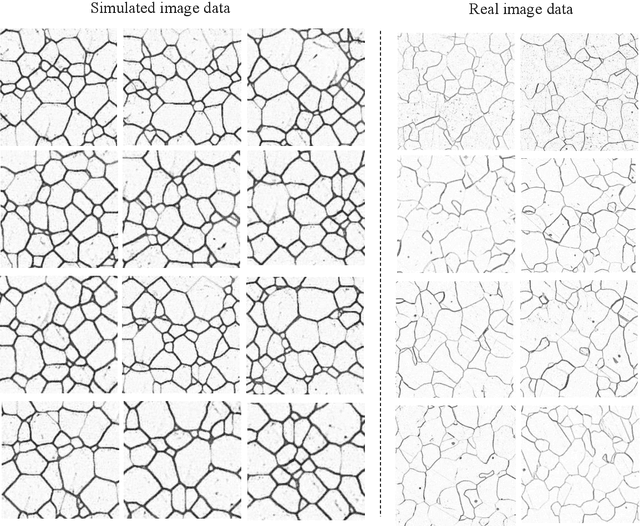
Abstract:Recently progress in material microscopic image semantic segmentation has been driven by high-capacity models trained on large datasets. However, collecting microscopic images with pixel-level labels has been extremely costly due to the amount of human effort required. In this paper, we present an approach to rapidly creating microscopic images with pixel-level labels from material 3d simulated models. Usually images extracted directly from those 3d simulated models are not realistic enough. It is easy to get semantic labels, though. We introduce style transfer technique to make simulated image data more similar to real microscopic data. We validate the presented approach by using real image data from experiment and simulated image data from Monte Carlo Potts Models, which simulate the growth of polycrystal. Experiments show that using the acquired simulated image data and style transfer technique to supplement real images of polycrystalline iron significantly improves the mean precision of image processing. Besides, models trained with simulated image data and just 1/3 of the real data outperform models trained on the complete real image data. In the study of such polycrystalline materials, this approach can reduce pressure of getting and labeling images from microscopes. Also, it can be applied to numbers of other material images.
WPU-Net:Boundary learning by using weighted propagation in convolution network
May 22, 2019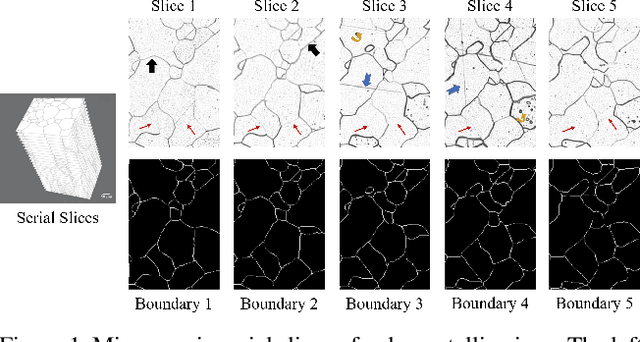
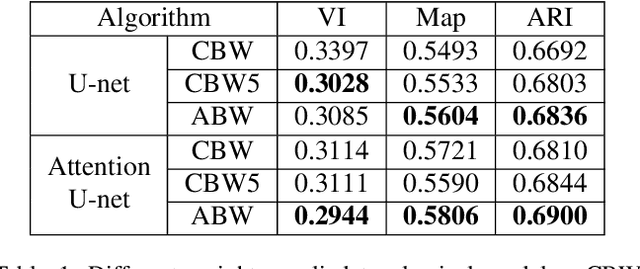

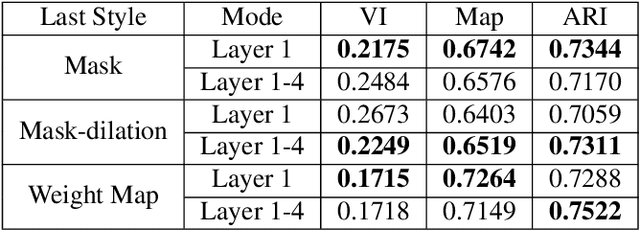
Abstract:Deep learning has driven great progress in natural and biological image processing. However, in materials science and engineering, there are often some flaws and indistinctions in material microscopic images induced from complex sample preparation, even due to the material itself, hindering the detection of target objects. In this work, we propose WPU-net that redesign the architecture and weighted loss of U-Net to force the network to integrate information from adjacent slices and pay more attention to the topology in this boundary detection task. Then, the WPU-net was applied into a typical material example, i.e., the grain boundary detection of polycrystalline material. Experiments demonstrate that the proposed method achieves promising performance compared to state-of-the-art methods. Besides, we propose a new method for object tracking between adjacent slices, which can effectively reconstruct the 3D structure of the whole material while maintaining relative accuracy.
 Add to Chrome
Add to Chrome Add to Firefox
Add to Firefox Add to Edge
Add to Edge